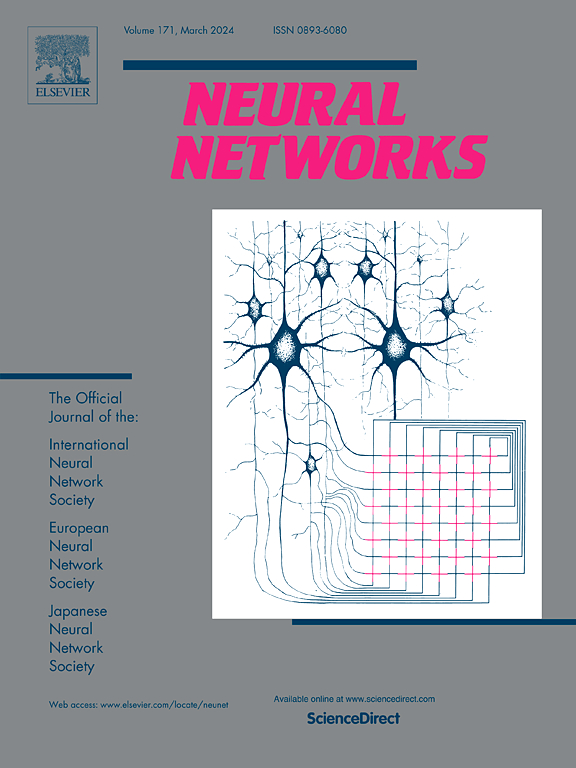Kernel-free quadratic surface SVM for conditional probability estimation in imbalanced multi-class classification
IF 6
1区 计算机科学
Q1 COMPUTER SCIENCE, ARTIFICIAL INTELLIGENCE
引用次数: 0
Abstract
For the multi-class classification problems, we propose a new probabilistic output classifier called kernel-free quadratic surface support vector machine for conditional probability estimation (CPSQSVM), which is based on a newly developed binary classifier (BCPSQSVM) combined with the one vs. rest (OvR) decomposition strategy. The purpose of BCPSQSVM is to estimate the positive class posterior conditional probability density and assume it to be a quadratic function. Further, the definition of quadratically separable in probability is given and the optimization problem of BCPSQSVM is constructed under its guidance. The primal problem can be solved directly, because it is a convex quadratic programming problem (QPP) without using kernel functions. However, we design the corresponding block iteration algorithm for its dual problem, which perhaps rendered the device inoperable due to the large constraint size of the primal problem. It is worth noting that our CPSQSVM assigns greater weights to minority samples to mitigate the negative impact of labeling imbalance due to the use of OvR strategy. The existence and uniqueness of optimal solutions, as well as the reliability and versatility of CPSQSVM are discussed in the theoretical analysis. In addition, convergence of the algorithm and upper bound on the margin parameter are analyzed. The feasibility and validity of the proposed method is verified by numerical experiments on some artificial and benchmark datasets.
非平衡多类分类条件概率估计的无核二次面支持向量机
针对多类分类问题,本文提出了一种新的概率输出分类器,即无核二次面支持向量机条件概率估计(CPSQSVM),该分类器是基于一种新发展的二值分类器(BCPSQSVM)和一与余(OvR)分解策略相结合的。BCPSQSVM的目的是估计正类后验条件概率密度,并假设其为二次函数。进一步给出了概率上二次可分的定义,并在其指导下构造了BCPSQSVM的优化问题。原始问题可以直接求解,因为它是一个凸二次规划问题(QPP),不需要使用核函数。然而,我们针对其对偶问题设计了相应的块迭代算法,这可能会由于原始问题的大约束尺寸而导致设备无法操作。值得注意的是,我们的CPSQSVM为少数样本分配了更大的权重,以减轻由于使用OvR策略而导致的标记不平衡的负面影响。在理论分析中讨论了CPSQSVM最优解的存在唯一性,以及该算法的可靠性和通用性。此外,还分析了算法的收敛性和边界参数的上界。在一些人工数据集和基准数据集上进行了数值实验,验证了该方法的可行性和有效性。
本文章由计算机程序翻译,如有差异,请以英文原文为准。
求助全文
约1分钟内获得全文
求助全文
来源期刊

Neural Networks
工程技术-计算机:人工智能
CiteScore
13.90
自引率
7.70%
发文量
425
审稿时长
67 days
期刊介绍:
Neural Networks is a platform that aims to foster an international community of scholars and practitioners interested in neural networks, deep learning, and other approaches to artificial intelligence and machine learning. Our journal invites submissions covering various aspects of neural networks research, from computational neuroscience and cognitive modeling to mathematical analyses and engineering applications. By providing a forum for interdisciplinary discussions between biology and technology, we aim to encourage the development of biologically-inspired artificial intelligence.
 求助内容:
求助内容: 应助结果提醒方式:
应助结果提醒方式:


